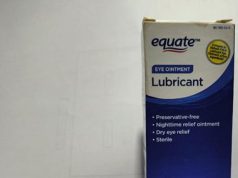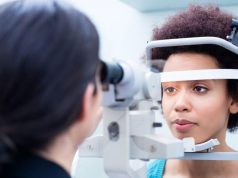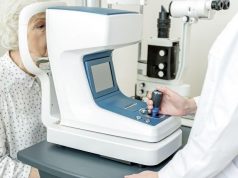Evaluating arachidonic acid and gestational age identifies ROP with a sensitivity >90 percent
MONDAY, Feb. 12, 2018 (HealthDay News) — For infants born at a gestational age (GA) of less than 28 weeks, low postnatal levels of arachidonic acid (AA) are associated with developing retinopathy of prematurity (ROP), according to a study published online Feb. 8 in JAMA Ophthalmology.
Chatarina A. Löfqvist, Ph.D., from the University of Gothenburg in Sweden, and colleagues examined the risk of ROP in association with levels of circulating ω-3 and ω-6 long chain-polyunsaturated fatty acids in a cohort of 90 infants born at a GA of less than 28 weeks. Cord blood samples and venous blood samples were obtained at birth and at one, seven, 14, and 28 days after birth, and at postmenstrual age (PMA) of 32, 36, and 40 weeks.
The researchers found that infants with a later diagnosis of ROP had lower area under the curve of AA (20:4 ω-6) versus infants with no ROP in the first month of life (mean, 34.05 versus 37.15). Infants with later severe ROP had lower levels of AA at 32 weeks’ PMA compared to those without ROP (mean, 7.06 versus 8.74). Low postnatal serum levels of AA and GA at birth identified infants who developed ROP with a sensitivity >90 percent.
“Evaluating postnatal AA fraction after birth in addition to GA may be useful for ROP prediction,” the authors write.
Abstract/Full Text
Editorial (subscription or payment may be required)
Copyright © 2018 HealthDay. All rights reserved.








